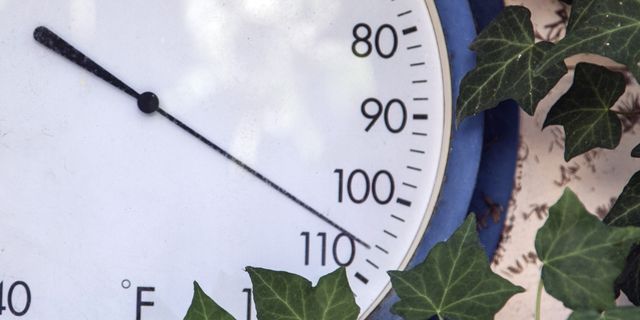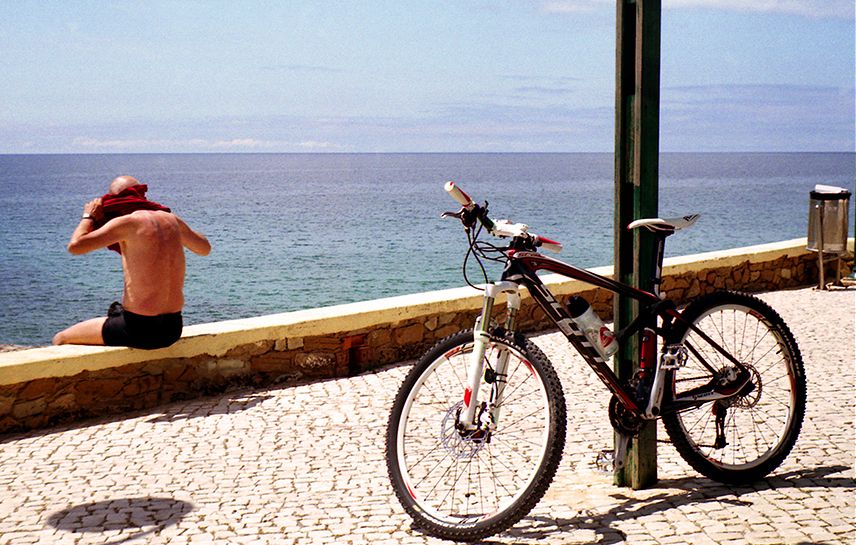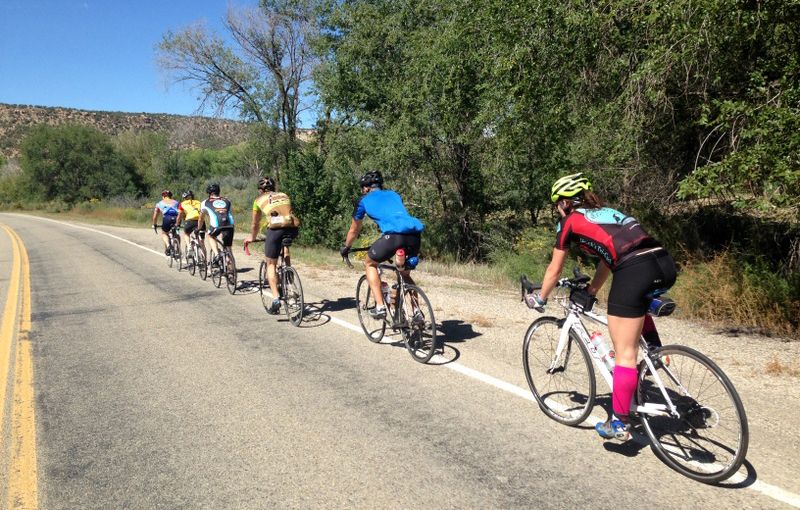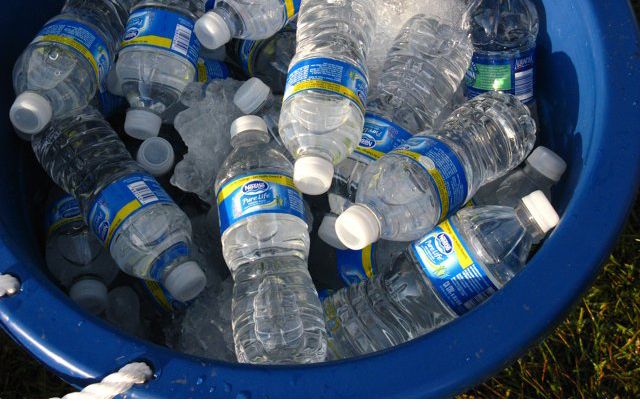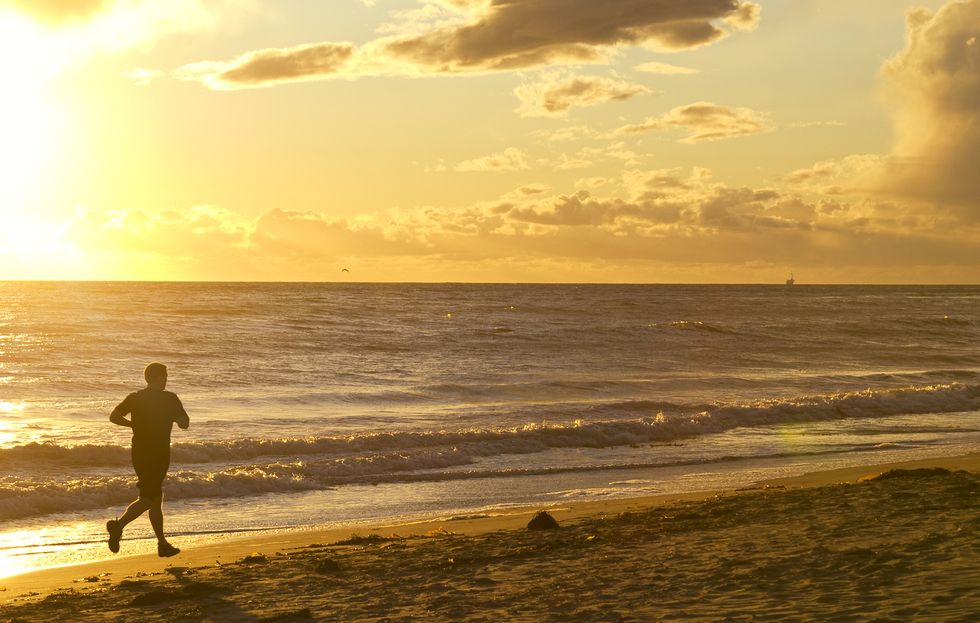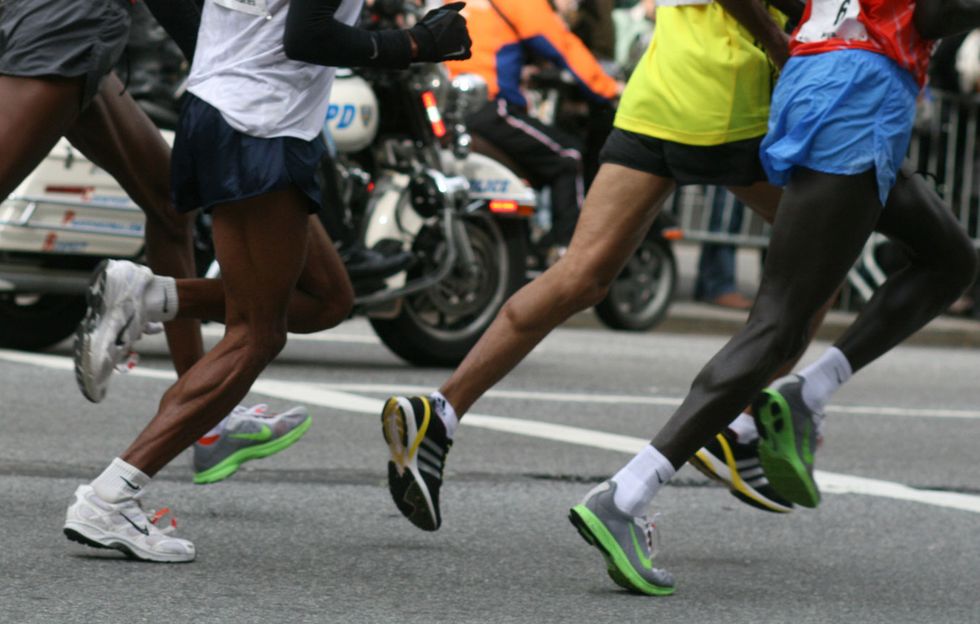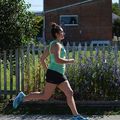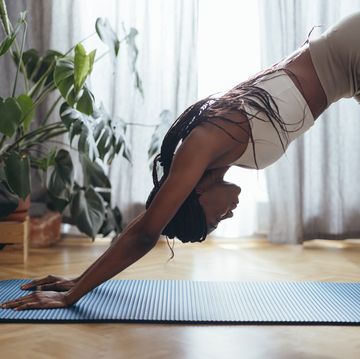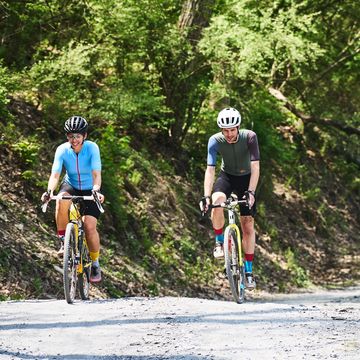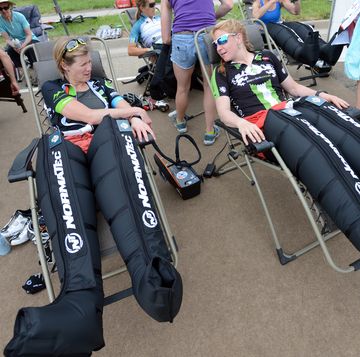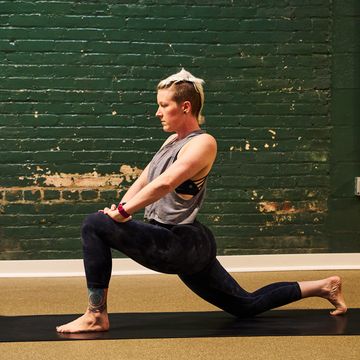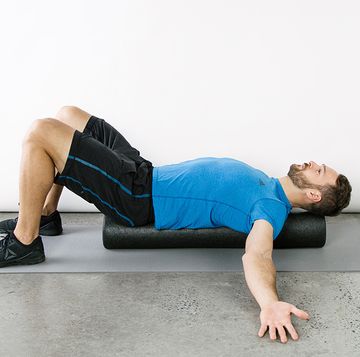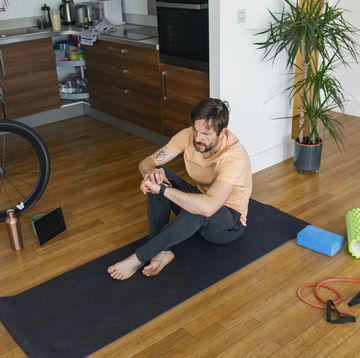6 Things Medical Professionals Wish You Knew About Working Out in the Heat
Take note of these six health tips the next time you exercise outdoors on a boiling-hot day
Summer is the perfect season for exercise buffs: The days are longer, the weather is consistently better, and cooling down requires porch-sitting with recovery beer.
But as temperatures rise into the triple digits, Exertional Heat Illness (EHI)—an umbrella term for heatstroke, heat exhaustion, heat syncope, and heat cramps—can interfere with your training and your health if you don’t take the right precautions.
RELATED: How to Ride Your Bike in Hot Weather
We spoke with heat-related illness specialists Dr. Douglas Casa, a professor of kinesiology at the University of Connecticut; and Dr. Michael F. Bergeron, the heat, hydration, and research advisor to Major League Soccer, for some safety tips on staying active in the heat.
Watch Next


How Pros Tackle Recovery During Tour de France

Can Sitting in a Sauna Improve Your Performance?
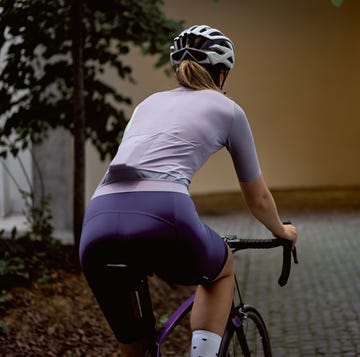
You Need These Stretches if Your Low Back Hurts
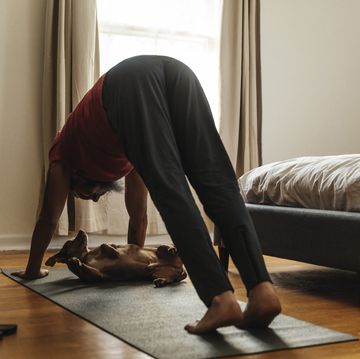
A 15-Minute Morning Yoga Routine for Cyclists
